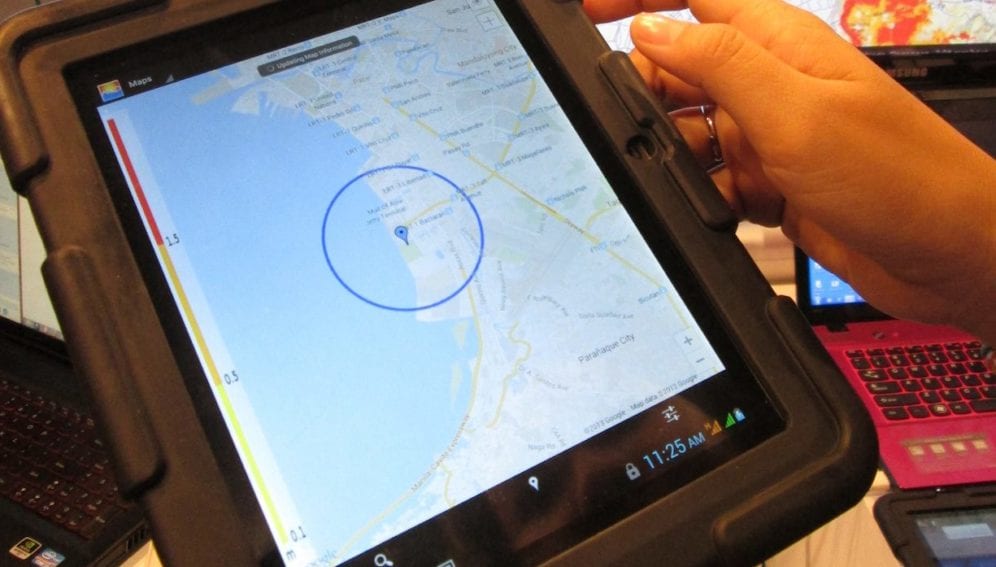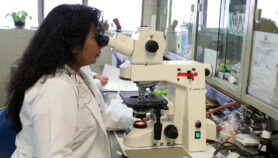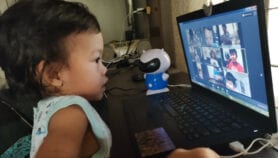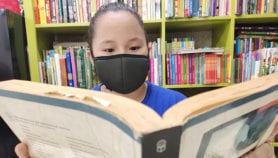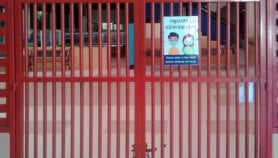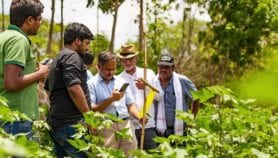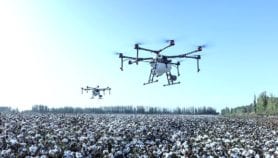By: Paul Icamina
Send to a friend
The details you provide on this page will not be used to send unsolicited email, and will not be sold to a 3rd party. See privacy policy.
[MANILA] The Philippines is developing a tablet-like gadget to give users real-time information on weather conditions and other extreme natural events such as landslides and earthquakes throughout its 7,000 islands.
The Mobile Operational System for Emergency Services (MOSES) is an eight-inch mobile tablet that will provide data from a Doppler radar sensor on a range of weather variables, including precipitation, direction and speed of wind, and location-specific water levels of rivers.
It will also provide hazard maps, images of evacuation sites, and blocked and open roads.
The secretary of science and technology, Mario Montejo, says MOSES will complement the Department of Science and Technology's NOAH project (Nationwide Operational Assessment of Hazards). NOAH provides the public with simple interactive net-based information on the latest weather, area-specific flood and rainfall data. Users just have to click the icon to access data like weather forecast or cloud cover and even link to the country's weather bureau PAGASA (Philippine Atmospheric, Geophysical and Astronomical Services Administration).
The government-funded tablet is reportedly the first initiative of its kind in the world. MOSES was designed and built locally and has AM radio, camera, SIM card, television and video functions. The tablet has a hard plastic casing that is waterproof and able to withstand rough handling. It also has a long battery life that can last up to three days.
"MOSES is now at the prototype level," says Ricky Semilla Jr., MOSES project director for NTEK Communications, the tablet's all-Filipino software and hardware developer.
"Product development took about two months, starting in April," he says.
More tweaking is needed before an initial 150 MOSES tablets are field-tested this August in Manila, Semilla tells SciDev.Net.
Part of the testing is to make sure that the tablets work when connected to the Internet, that there are no glitches in the communication processes and they are really user-friendly as intended, says Dante Tanjuakio, deputy director of Project NOAH.
The ultimate target is to provide all of the country's 42,000 villages with MOSES tablets so people can access data to use for decision-making during emergencies, he says.
Each tablet cost around US$350, he says. But they are working to bring down the price before the tablets are actually rolled out although it is too early to tell how much the final price would be.
Also, local governments will need to invest in internet connections with speeds of 3 Mbps or higher. However, many rural areas especially the most vulnerable ones where the tablet will be most useful do not have access to high-speed Internet.
Semilla clarifies that social media is not available to MOSES users to prevent its use beyond disaster mitigation and preparedness.
"The tablet should be devoted to respond to disaster situations," Semilla says.
This article has been produced by SciDev.Net's South-East Asia & Pacific desk.


